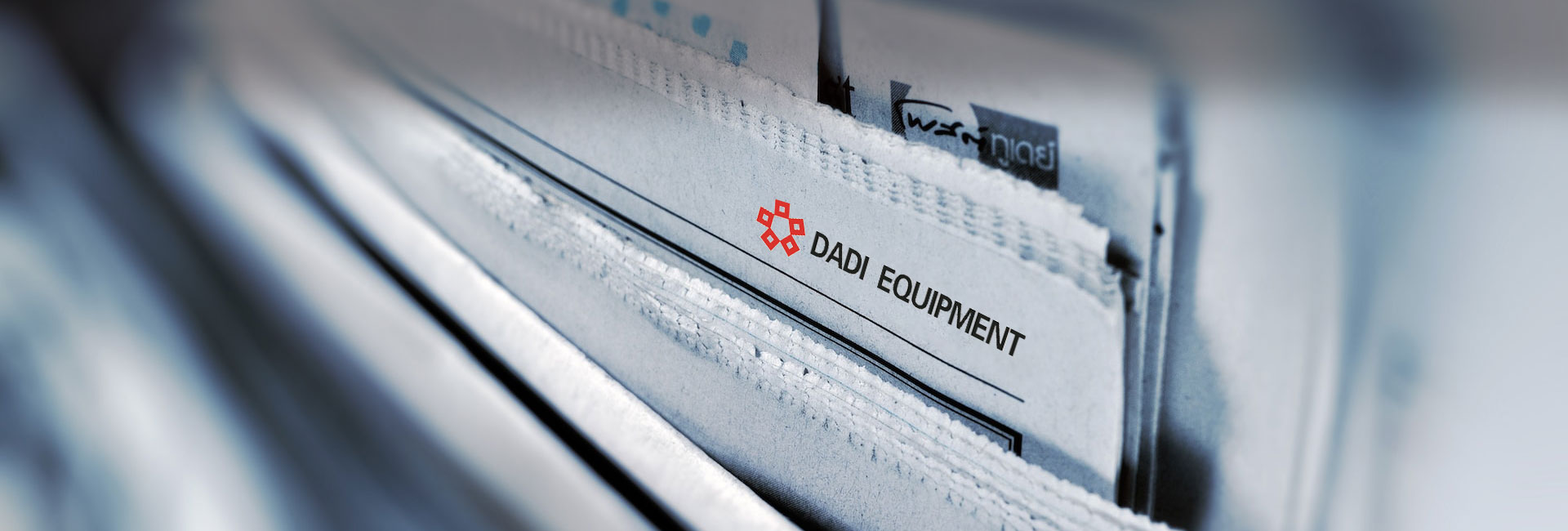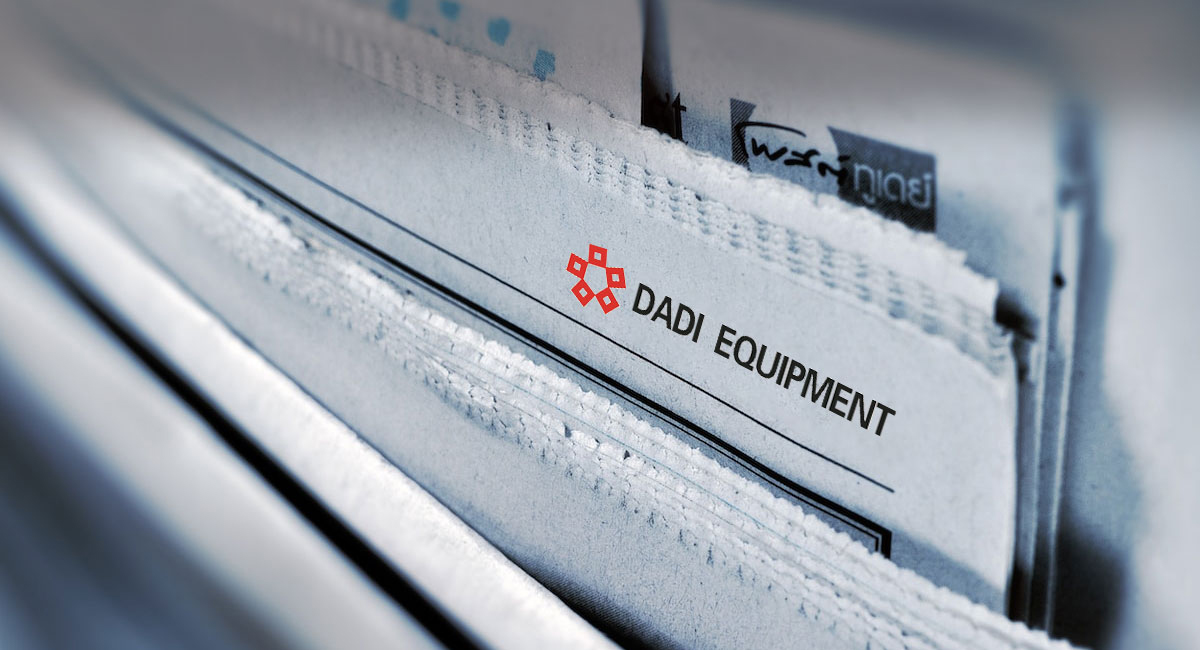2025
Understanding Pipe End Chamfering Machines: A Comprehensive Guide
13 Jan.2025
In the world of manufacturing and construction, the preparation of pipe ends is a critical step that ensures the integrity and functionality of piping systems. Pipe end chamfering machines play a vital role in this process by creating smooth, beveled edges on pipes, which facilitate better connections and enhance overall system performance. This comprehensive guide delves into the intricacies of pipe end chamfering machines, exploring their types, applications, benefits, and best practices.
What is Pipe End Chamfering?
Definition and Purpose
Chamfering refers to the process of cutting away the sharp edges or corners of a workpiece to create a sloped surface. In the context of pipes, chamfering is performed at the ends to remove burrs and sharp edges, which can lead to issues during installation and operation. The primary purpose of chamfering is to ensure that pipes fit together securely, reducing the risk of leaks and enhancing joint strength.
Importance in Various Industries
Chamfering is particularly important in industries such as plumbing, oil and gas, automotive, and construction. Properly chamfered pipes allow for easier assembly with fittings and connectors, improving workflow efficiency and reducing assembly time.
Types of Pipe End Chamfering Machines
Manual Chamfering Machines
These machines require manual operation and are typically used for smaller production runs or less frequent chamfering tasks. Operators adjust the machine settings based on specific requirements, making manual machines versatile but labor-intensive.
Automatic Chamfering Machines
Automatic machines streamline the chamfering process by utilizing advanced technology to perform tasks with minimal human intervention. These machines can handle higher volumes of pipes efficiently, making them ideal for large-scale manufacturing operations.
CNC Chamfering Machines
Computer Numerical Control (CNC) chamfering machines offer precision and flexibility in pipe end preparation. They can be programmed to create complex bevels and handle various pipe sizes with high accuracy. CNC machines are particularly useful in applications requiring tight tolerances.
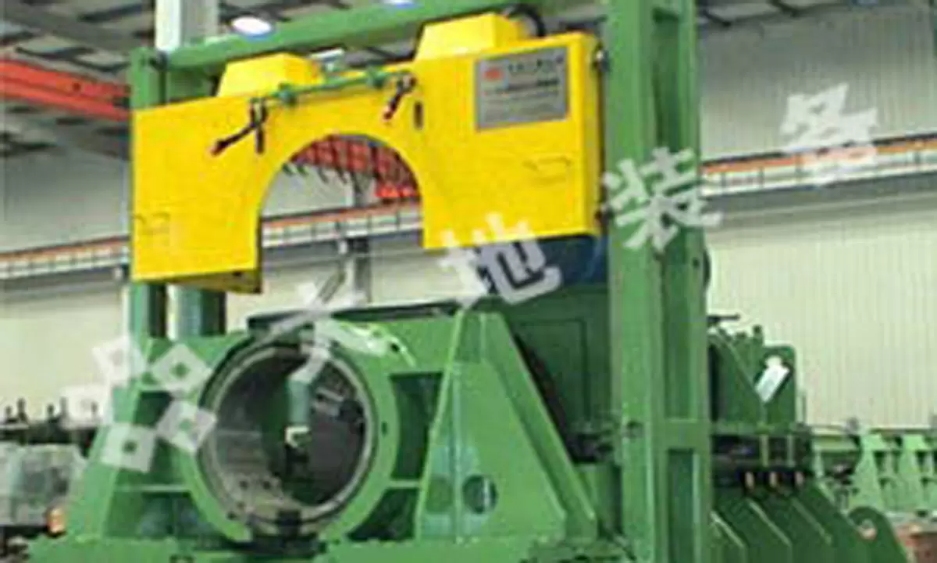
Applications of Pipe End Chamfering Machines
Plumbing Systems
In plumbing applications, chamfered pipe ends facilitate smoother connections between pipes and fittings. This is particularly important in systems where water flow needs to be unobstructed.
Oil and Gas Industries
Chamfering is crucial in oil and gas pipelines where secure connections are necessary to withstand high pressures. Properly chamfered pipes help prevent leaks that could lead to catastrophic failures.
Automotive Manufacturing
In automotive manufacturing, chamfered pipes are used in exhaust systems and fuel lines. The smooth edges ensure that components fit together tightly, enhancing performance and safety.
Benefits of Using Pipe End Chamfering Machines
Improved Assembly Efficiency
Chamfered edges make it easier to align pipes with fittings or connectors, significantly reducing assembly time. This efficiency is especially beneficial in large-scale projects where time is critical.
Enhanced Safety
Removing sharp edges from pipe ends reduces the risk of injury during handling and installation. Operators can work more safely when dealing with smooth-edged materials.
Reduced Risk of Seal Damage
Sharp edges can damage rubber gaskets or O-rings used in sealing connections. By ensuring that pipe ends are properly chamfered, manufacturers can protect these critical components from wear or failure.
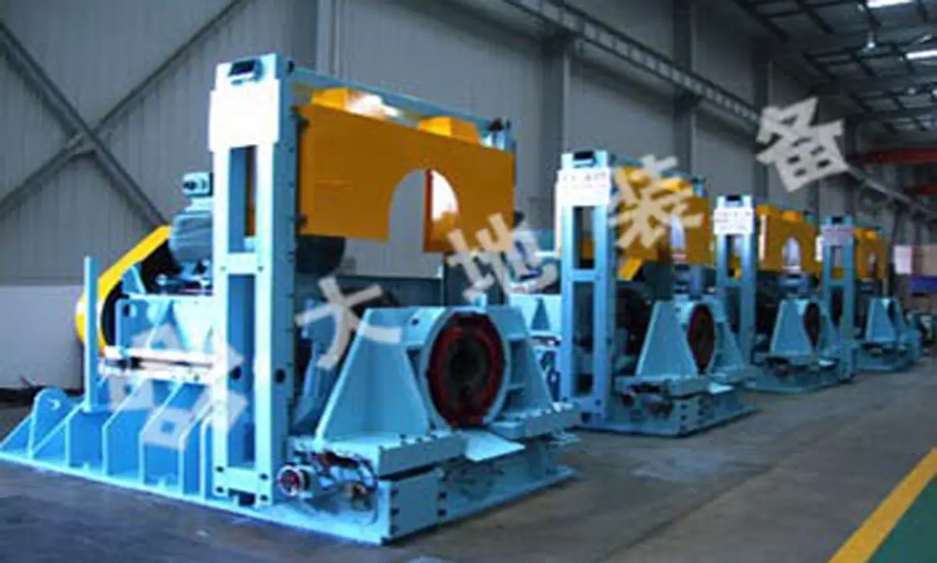
Best Practices for Operating Pipe End Chamfering Machines
Regular Maintenance
To ensure optimal performance, regular maintenance of chamfering machines is essential. This includes checking for wear on cutting tools, lubricating moving parts, and cleaning dust collection systems.
Operator Training
Proper training for operators is crucial to maximize efficiency and safety during operation. Operators should be familiar with machine settings, safety protocols, and maintenance procedures.
Quality Control Measures
Implementing quality control measures helps ensure that all chamfered edges meet specified standards. Regular inspections can identify any inconsistencies early in the process, allowing for corrective actions before further assembly.
Innovations in Pipe End Chamfering Technology
As technology continues to advance, so do the capabilities of pipe end chamfering machines. Innovations such as automated loading systems, enhanced CNC programming capabilities, and improved cutting tool designs are transforming how manufacturers approach pipe preparation.
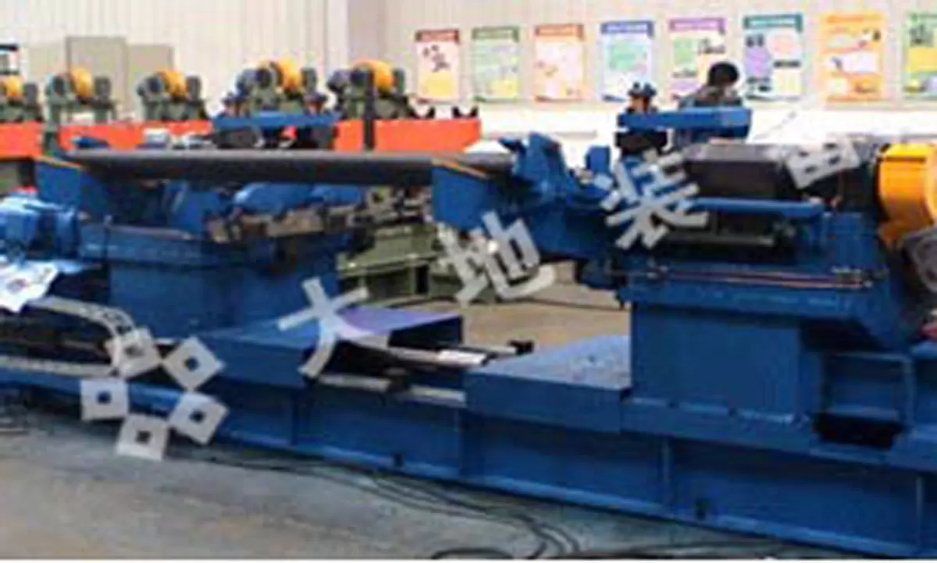
Conclusion
Pipe end chamfering machines are indispensable tools in various industries where pipe integrity is paramount. By creating smooth beveled edges on pipes, these machines enhance assembly efficiency, improve safety, and reduce the risk of leaks or failures in piping systems.
Understanding the different types of chamfering machines available, their key features, applications, benefits, best practices for operation, and ongoing innovations provides valuable insights for manufacturers looking to optimize their processes. As industries continue to evolve toward greater efficiency and safety standards, investing in advanced pipe end chamfering technology will remain a critical component of successful operations.
In summary, whether you are involved in plumbing installations or managing large-scale industrial projects involving piping systems, recognizing the importance of proper pipe end preparation through effective chamfering techniques will undoubtedly contribute to achieving superior results in your work.
The Advantages of Pipe End Chamfering Machine in Industrial Applications


